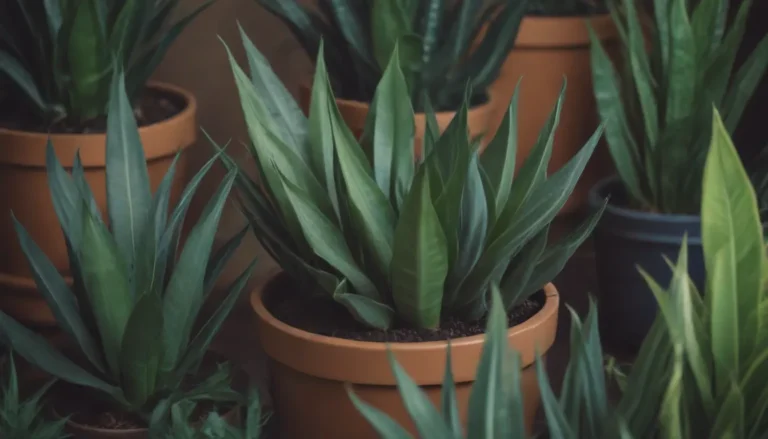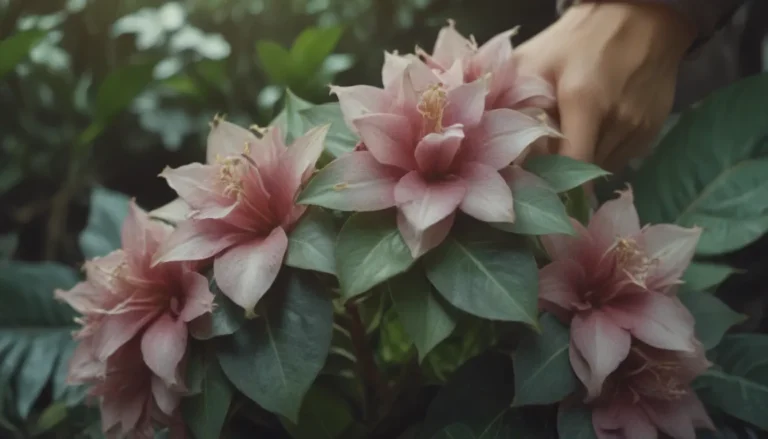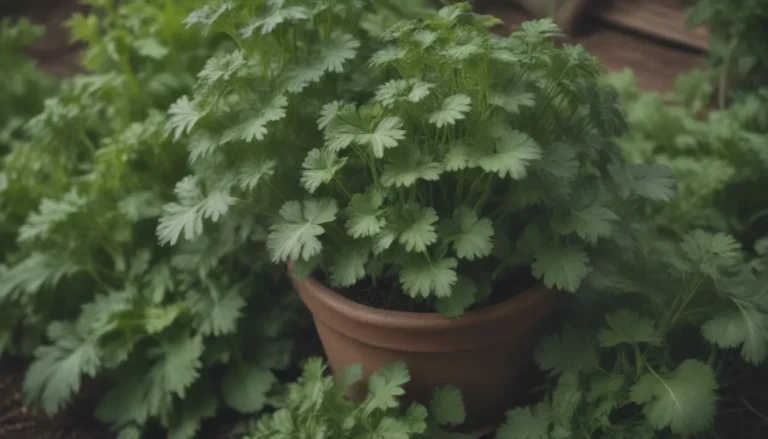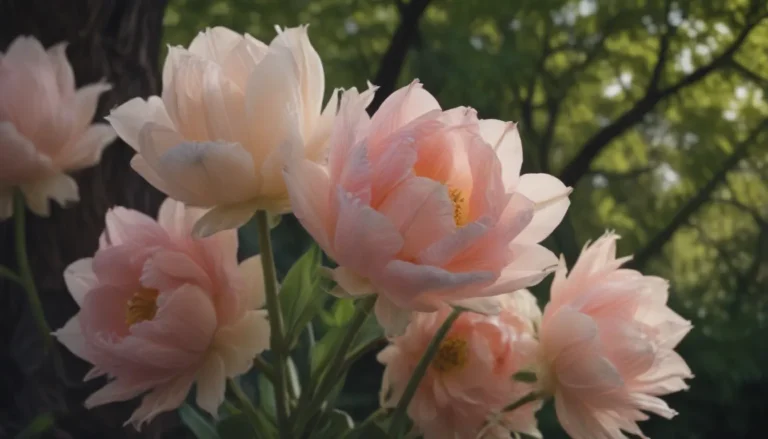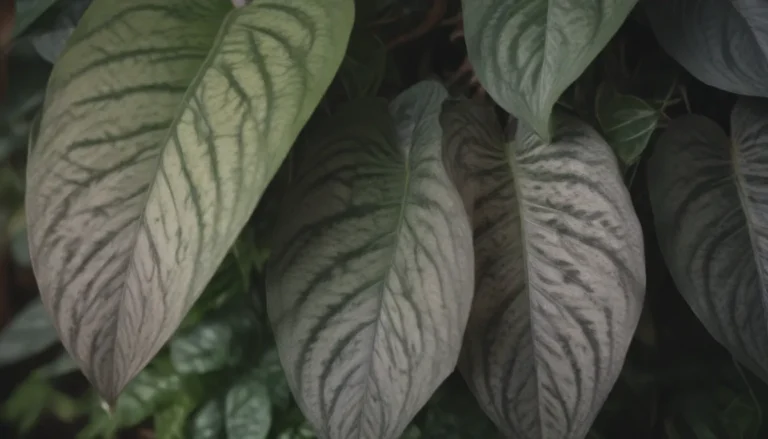Distinguishing Poison Hemlock from Queen Anne’s Lace: A Detailed Guide
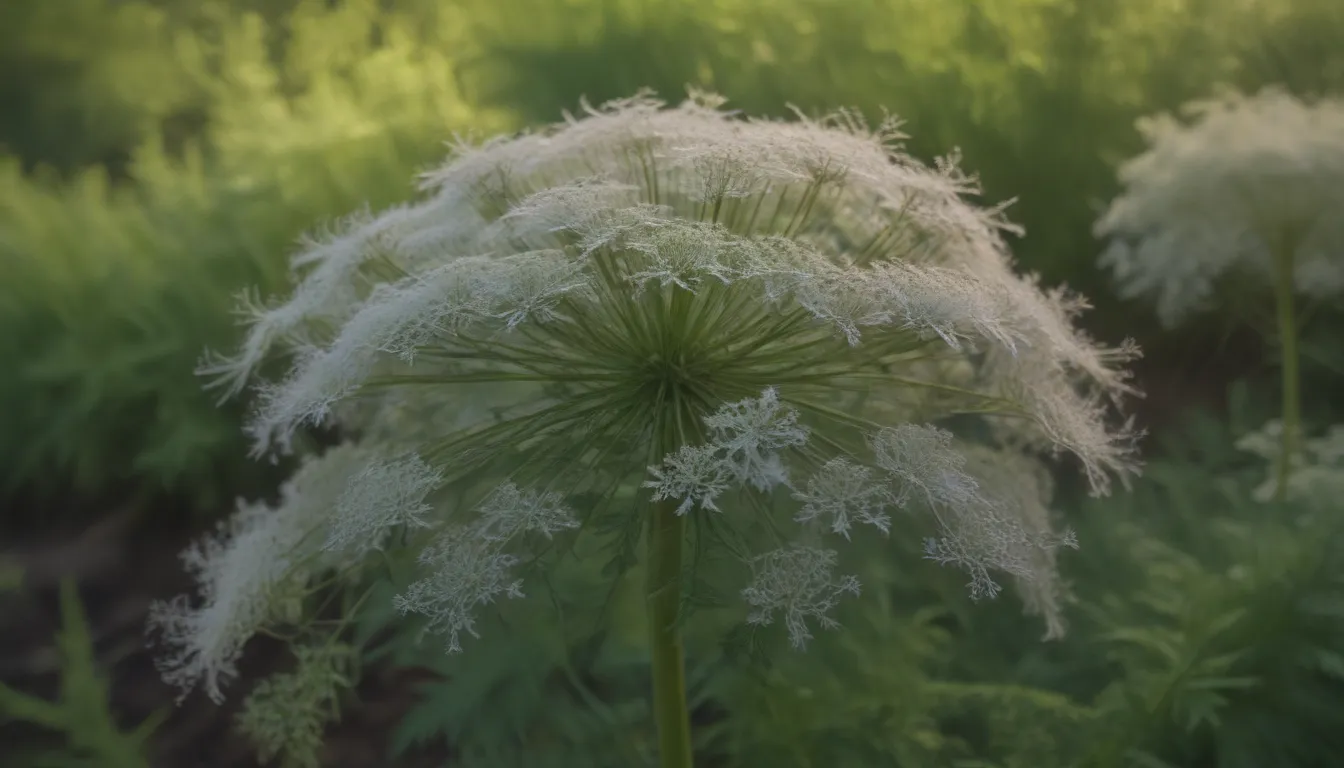
Welcome to our in-depth exploration of poison hemlock versus Queen Anne’s lace. These two members of the carrot family may look similar, but they have distinct characteristics that can help you differentiate between them. In this guide, we’ll delve into the key differences between these plants, their life cycles, appearances, and how to effectively control poison hemlock if you find it in your yard.
Key Differences Between Poison Hemlock and Queen Anne’s Lace
- Height: Poison hemlock can grow up to 8 to 10 feet in height, while Queen Anne’s lace typically reaches about 3 feet tall.
- Stems: Poison hemlock has a thick stem with purple blotches, while Queen Anne’s lace has a thinner, hairy stem with vertical ribs.
- Bloom time: Both plants produce white, umbrella-like flowers, but the arrangement of the flowers differs.
Life Cycle and Appearance
Both poison hemlock and Queen Anne’s lace are biennial plants, meaning they go through a two-year life cycle. During the first year, poison hemlock forms a large rosette of basal leaves, while Queen Anne’s lace develops a smaller rosette. In the second year, poison hemlock grows tall with branching stems, whereas Queen Anne’s lace has a shorter flowering stalk.
Foliage
The foliage of these plants offers further clues for identification. Poison hemlock has glossy dark green, triangular leaves that are deeply divided. In contrast, Queen Anne’s lace leaves are gray-green, 3-lobed, and fern-like. The arrangement and appearance of the leaves can help distinguish between the two plants.
Stem and Flowers
The stems of poison hemlock and Queen Anne’s lace exhibit noticeable differences. Poison hemlock’s stem is thick with purple blotches, while Queen Anne’s lace has a thinner, hairy stem. When it comes to flowers, both plants produce white, delicate blooms, but the arrangements vary. Poison hemlock flowers grow in clusters, while Queen Anne’s lace forms a flat-topped compound umbel.
How to Differentiate and Control Poison Hemlock
Identifying poison hemlock and taking action to control it are crucial steps to protect yourself and your environment. Here are some tips on spotting and managing this toxic plant:
- Identification: Pay attention to the plant’s height, stem characteristics, foliage, and flower arrangement.
- Removal: Wear protective gear like gloves and long sleeves when handling poison hemlock. Pull small seedlings by hand or use a shovel for larger plants. Consider mowing heavy infestations before seeds set.
- Herbicide Use: In severe cases, applying a broad-spectrum herbicide can help manage poison hemlock. Be cautious with herbicide application and always follow safety guidelines.
- Disposal: Dispose of pulled plants in the trash to prevent seed spread. Do not compost poison hemlock, as the toxins can persist in the environment.
- Safety: Avoid skin contact with poison hemlock to prevent rash or toxicity. Handle the plant with care and wash skin thoroughly if exposed.
While Queen Anne’s lace is also considered invasive in some regions, its benefits to pollinators make it a valuable plant when managed appropriately. Consider removing Queen Anne’s lace after flowering to prevent seed spread while supporting local wildlife.
Additional Resources for Plant Management
For more information on poison hemlock identification and control, check out resources from reputable sources like Michigan State University Extension and the Invasive Plant Atlas of the United States. Similarly, resources from Cornell University and Purdue University offer insights into managing Queen Anne’s lace and staying safe around toxic plants.
Let’s keep our gardens and natural areas safe by being vigilant about plant identification and control. By understanding the differences between poison hemlock and Queen Anne’s lace, you can make informed decisions to protect your surroundings and promote biodiversity.
Remember, when in doubt, it’s always best to consult with local experts or extension services for personalized guidance on plant management. Stay curious and stay safe in your botanical explorations!
